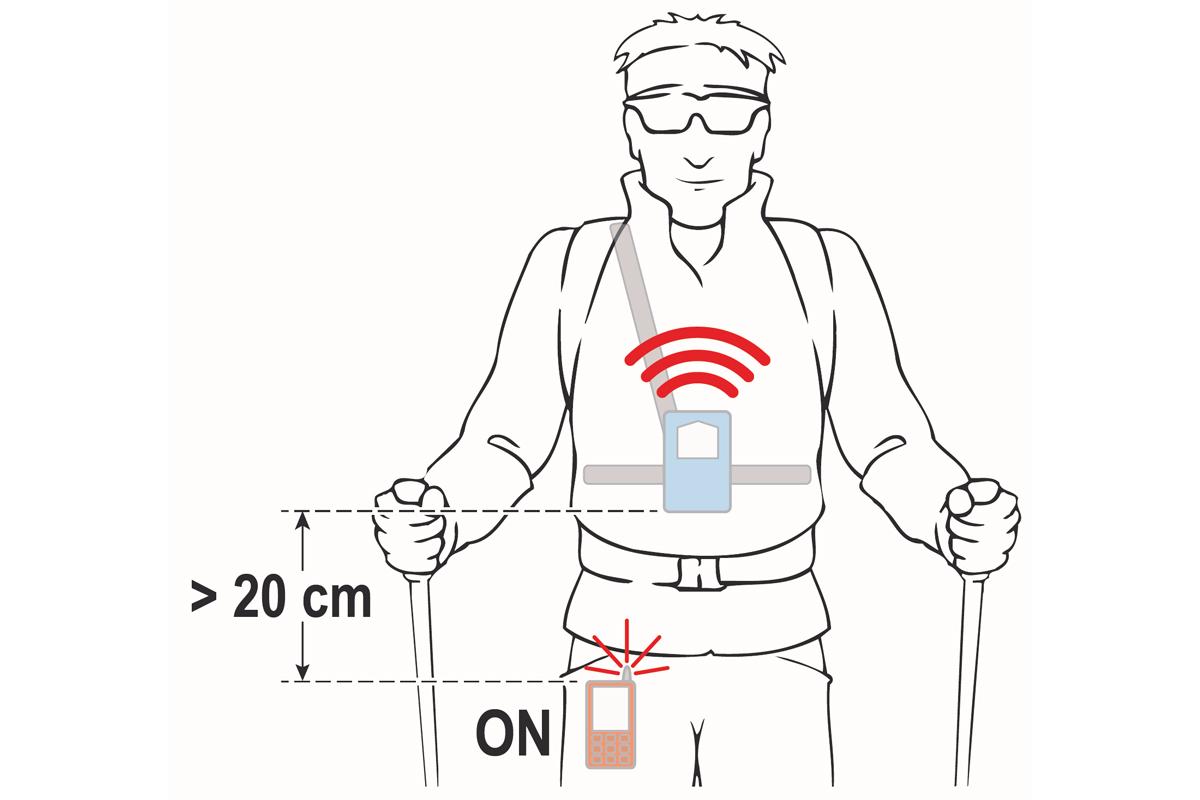UIAA addresses Electromagnetic Interference in Avalanche Transceivers

 1 / 1
1 / 1 UIAA
UIAA
The International Climbing and Mountaineering Federation (UIAA) is issuing a comprehensive position statement regarding the critical issue of electromagnetic interference (EMI) with avalanche transceivers. This is based on overwhelming and compelling evidence which has been submitted to the UIAA. In alignment with its core objective of advancing the cause of safe mountaineering practices, the UIAA is diligently aggregating a repository of all previously published documents on this subject matter. Furthermore, the organisation remains fully abreast of the latest research endeavours in this field through diligent work by corresponding experts, member federations, and manufacturers.
The UIAA has undertaken a comprehensive consultation process, incorporating presentations from multiple reputable organisations, federations, and leading experts. In addition, the UIAA’s approach has integrated valuable insights and feedback from all avalanche transceiver manufacturers participating in the UIAA’s active working groups, including an investigation on electromagnetic interference (EMI) as part of a further evaluation on a proposal for baseline standardisation of avalanche transceivers.
In keeping with the UIAA’s unwavering commitment to enhancing the safety of mountaineers, the federation is currently adopting a judiciously cautious yet efficacious approach. This approach is guided by a deliberate strategy that refrains from definitive conclusions until the ongoing research attains full fruition. A comprehensive and meticulous review of the current literature available and the current research notwithstanding will be conducted in due course.
The UIAA remains steadfast in its commitment to ensuring the welfare and safety of mountaineers worldwide. The UIAA is dedicated to keeping the mountaineering community informed and updated as this vital process evolves.
>> Click here to download the dedicated recommendation paper
ELECTROMAGNETIC INTERFERENCE IN AVALANCHE TRANSCEIVERS
SEND - Transmit mode - all devices may remain in use
> 20cm from sources of interference:
• electronic devices
• metal parts
• metallic foils (e.g., to preserve heat)
• magnets
• heating elements
Keep your phone in a pocket (pants) opposite to the transceiver to avoid the devices coming to rest close to one another in the case of an avalanche, thus shielding the transmission signal.
Do not carry a phone in your jacket pocket (nor an action camera at chest level) while wearing an avalanche transceiver in its cradle.
Talk about the topic in your group, make yourselves aware of the problem of interference sources once again.
SEARCH – Receive mode - only absolutely necessary devices may stay on
Take off heated gloves.
• Switch off communication and other electronic devices (completely OFF, no airplane mode)
• Switch off heated socks and boots.
• When using a watch with an electronic screen, or bracelet with electronics for activity or heartbeat monitoring, hold the transceiver in the opposite hand.
• >50cm distance from devices absolutely necessary to conduct the search, for example a head lamp for a search at night.
• >10m distance from a turned on mobile phone, radio or satellite communication device.
• >10m distance from a snowmobile with running engine
• Reduce the search strip width to max. 20m if interference cannot be contained by the distance rule.
• Some electric airbag systems may cause interference. When using an affected system, you may need to consider searching without your electric airbag.
Companion rescue in a group:
To save time, or in case you are not familiar with turning your devices off, consider handing electronic devices to someone who is not actively searching.
SOURCES OF INTERFERENCE
Passive Interference affecting SEND and SEARCH:
Metal parts, electronic devices with metal cases, foils and wire mesh; magnets
- Keep >20cm distance from metal parts and magnets.
Active Interference affecting SEARCH:
Every device consuming electrical energy:
- Follow the rules listed in SEARCH to avoid range reduction and "false positives"
INTERFERENCE POSSIBLE CONSEQUENCES
- Misleading distance and direction indications → "False Positives"
- Range reduction
DETECT INTERFERENCE
Differentiate "signal of a buried subject" from "false positives" [based on analog sound]
- Authentic analog sound approx. every second + distance/direction indication = Signal of a buried subject
- Distance/direction indication, but no, or only infrequent analog sounds = "False Positive"
SEARCHING IN HEAVILY DISTURBED AREAS
If the transceiver indicates a narrower search strip width, apply the instructions given by the device.
- Otherwise, cut search strip width in half,
- in extreme cases apply micro search strips and search based on analog sound.
Overwhelming and compelling preliminary data from recent research has been evaluated by the UIAA working group on avalanche transceivers. These recommendations have been reviewed and agreed upon by multiple organizations, federations, leading experts, and all avalanche transceiver manufacturers.
Further research is warranted in the field of electromagnetic interference. Keep up to date with your equipment and current research.
Info: www.theuiaa.org



 Copia link
Copia link
























